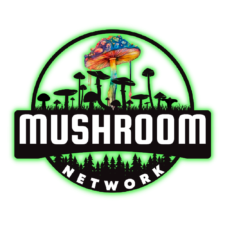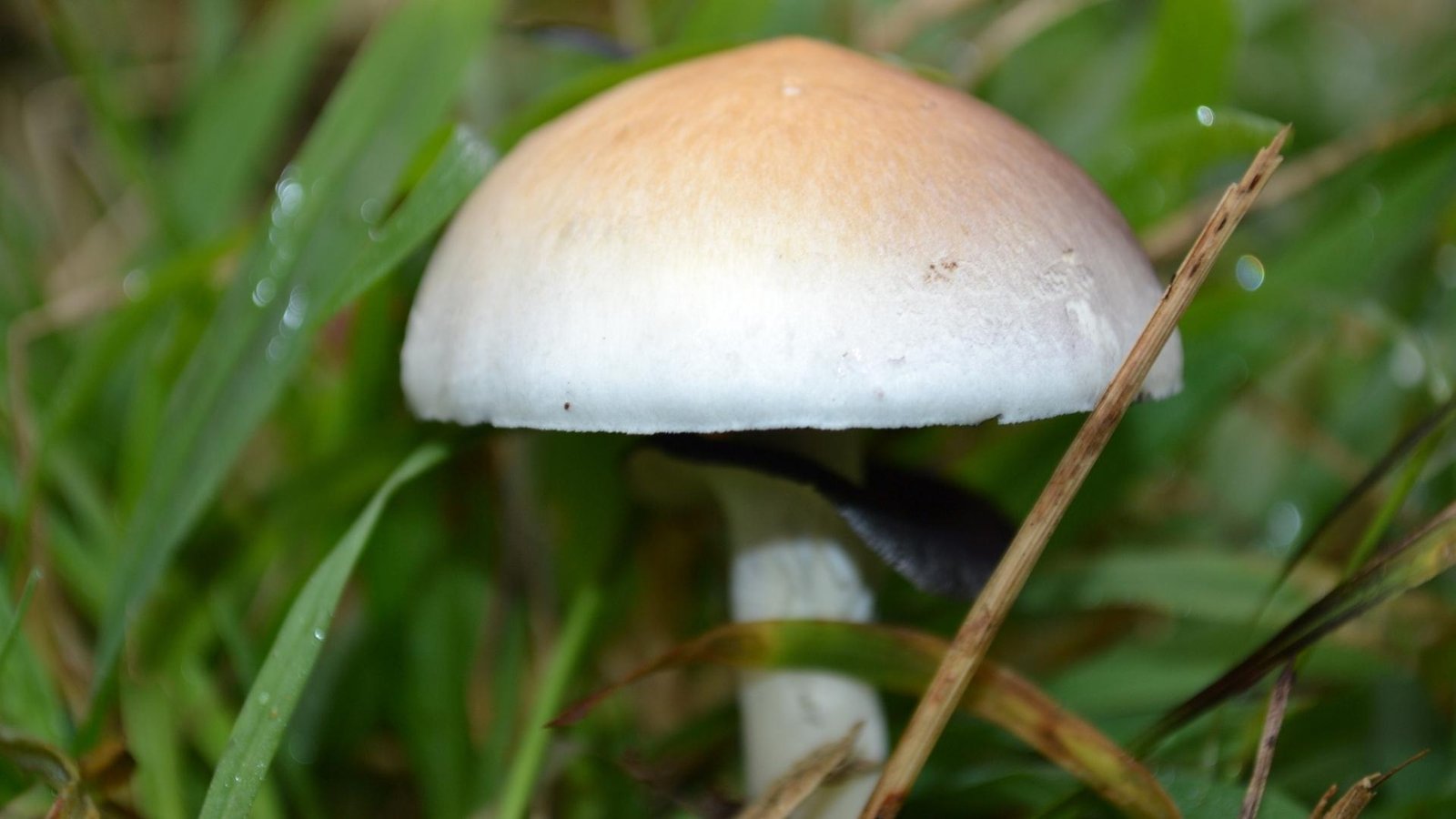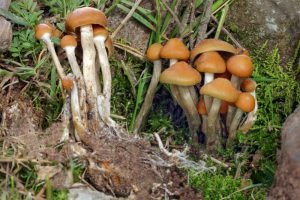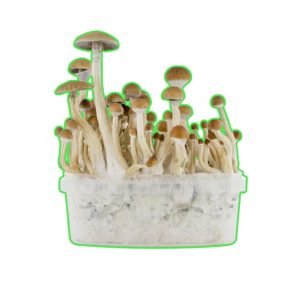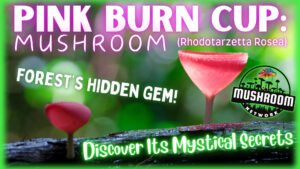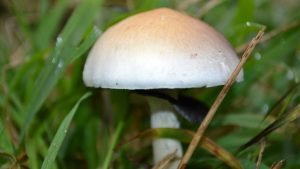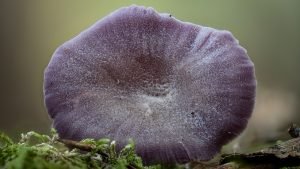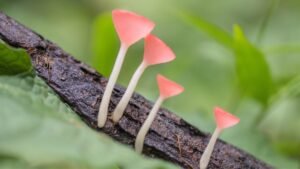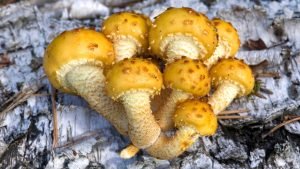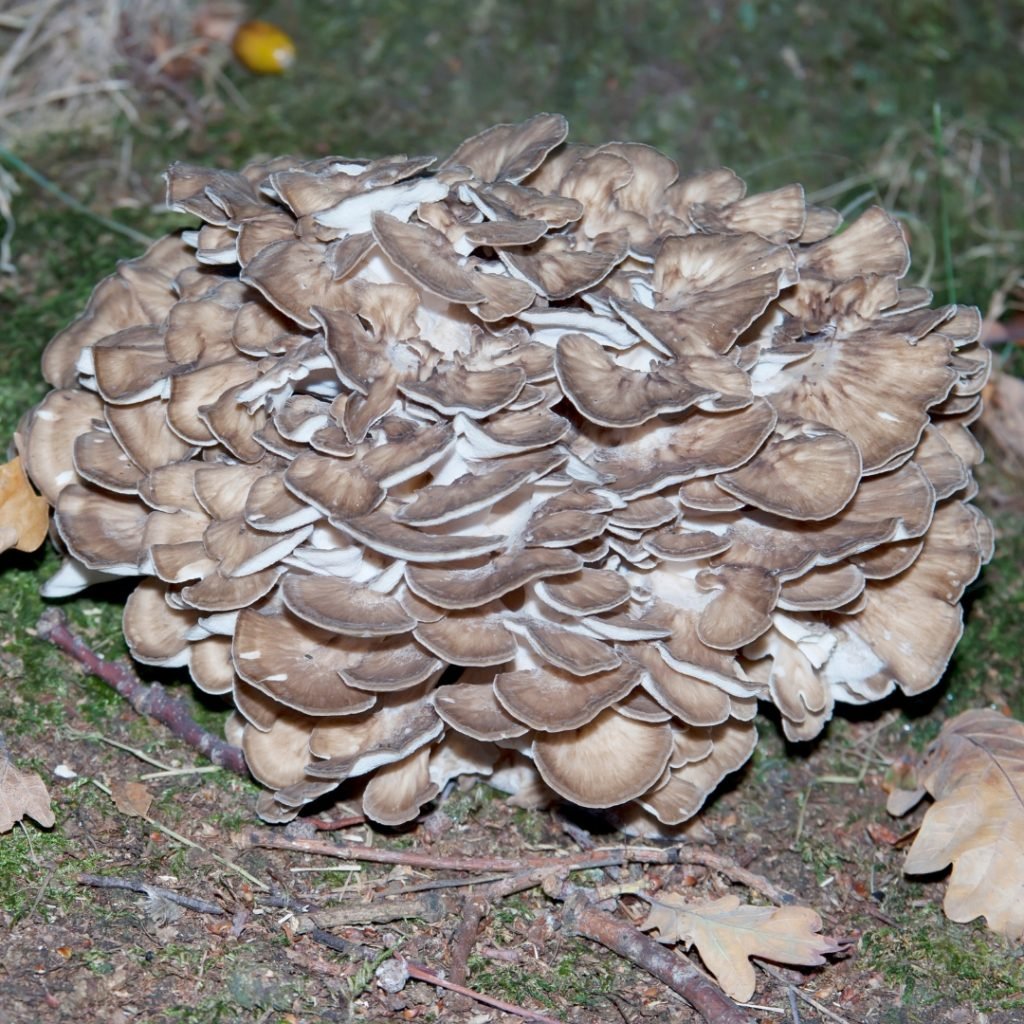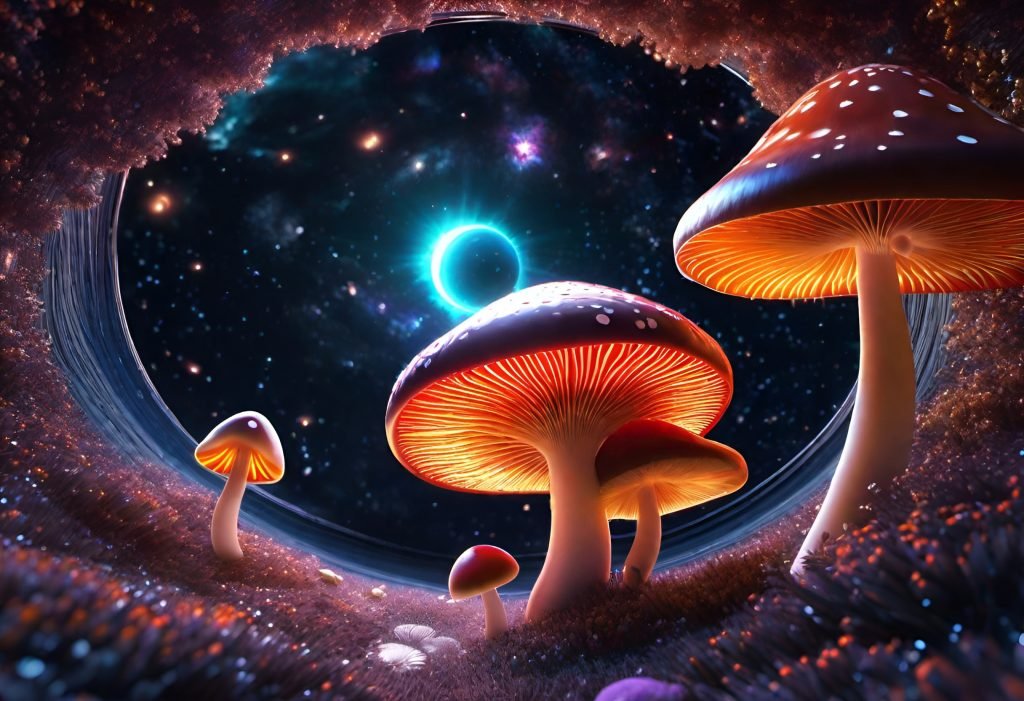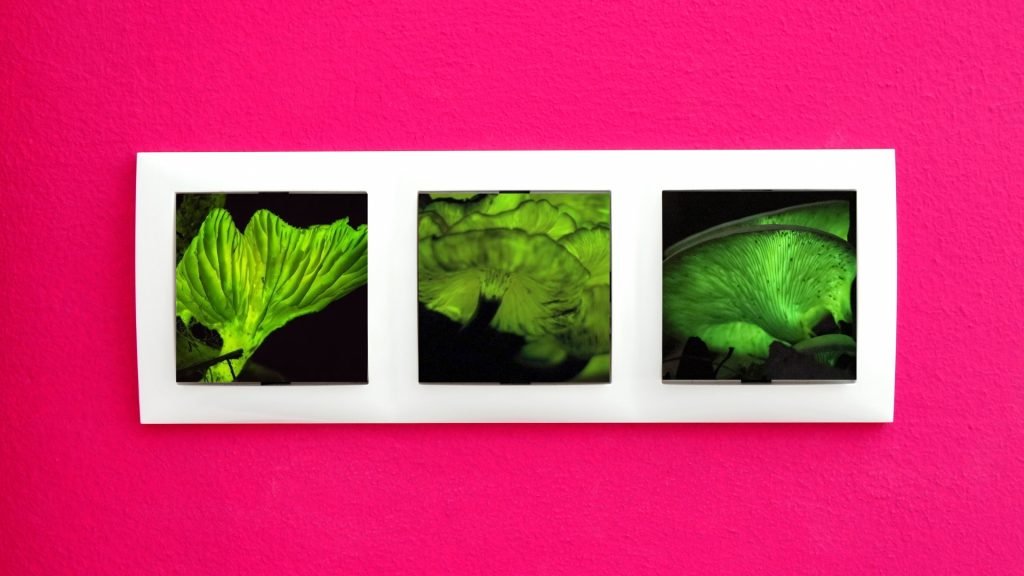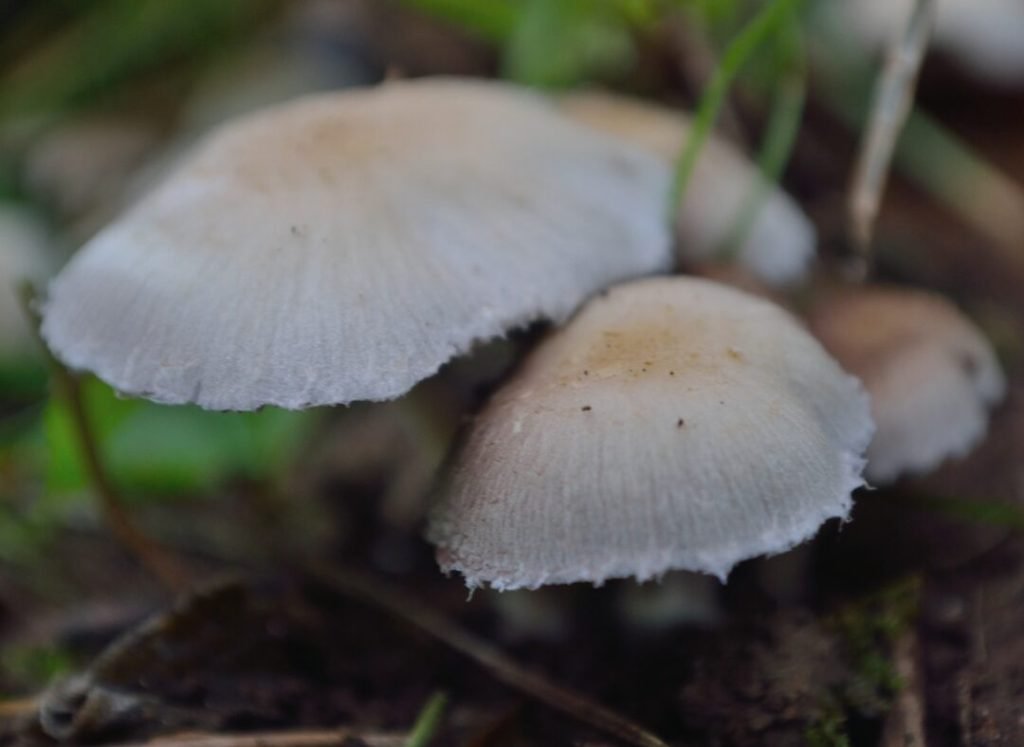Welcome to the fascinating world of Psilocybe Cubensis, a mushroom species celebrated by mycologists and psychonauts alike. Here we explore the general characteristics of this renowned species, a foundation for understanding its many unique strains.
SCIENTIFIC NAME:
(Psilocybe Cubensis)
COMMON NAME(S):
Golden Teacher | B+ | Mexican | Ecuadorian | Thai | Albino A+ | | Penis Envy | and Many Many More!
I-NAME:
CUBE
Founding Mycologist/Discovered By:
Psilocybe Cubensis was first described scientifically by Franklin Sumner Earle in Cuba in 1904.
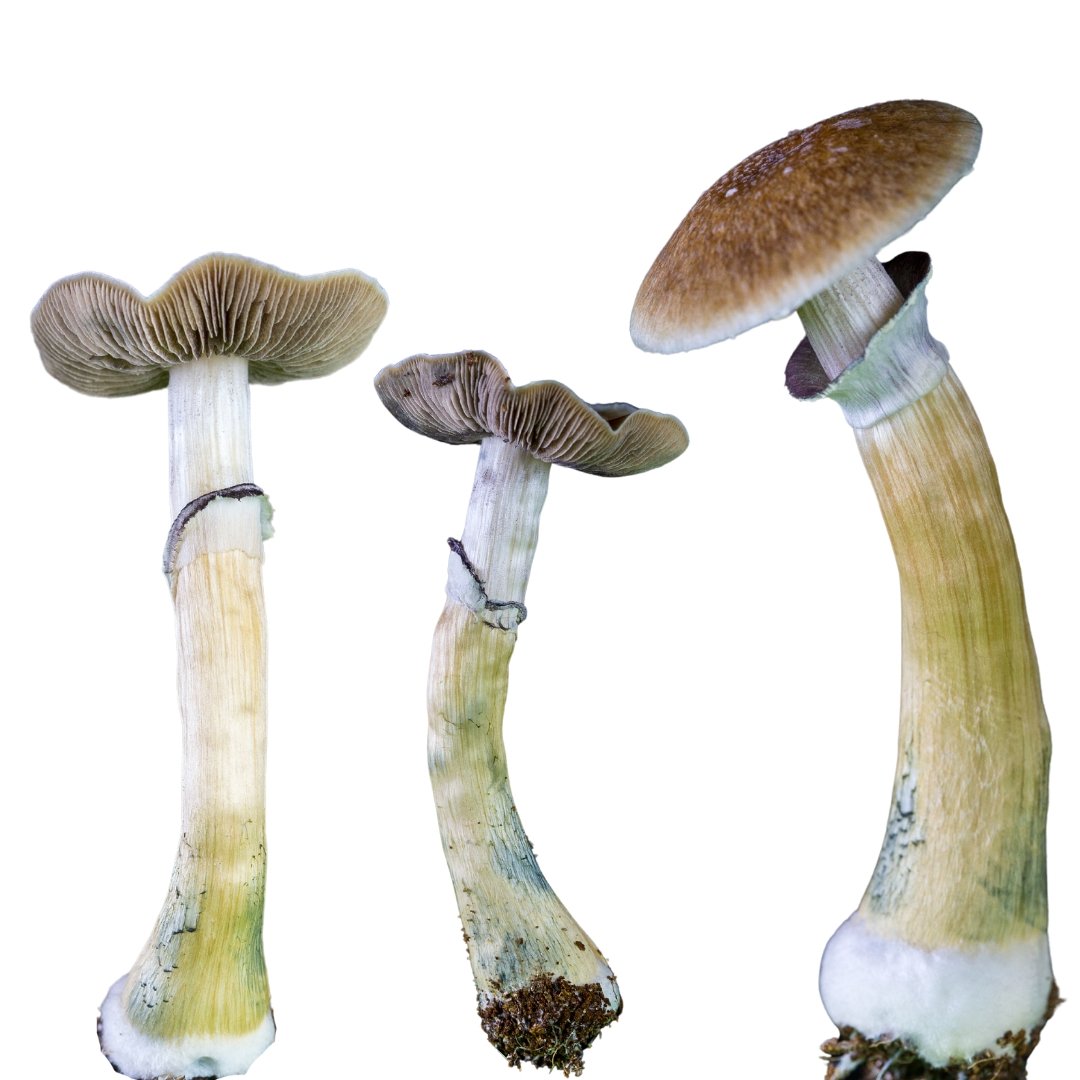
RECOMMENDED TEMPERATURES
Colonizing Temps:75° – 80°F | Fruiting Temps:70° – 75°F |
SPORE COLOR:
DARK PURPLISH-BROWN to BLACK to TRANSLUCENT, varying slightly among strains
Embark on a journey with us as we delve into the world of Psilocybe Cubensis, a species that is as diverse in its strains as it is profound in its impact on culture and science.
DESCRIPTION:
This species typically features a cap ranging from 2 to 8 cm, often bell-shaped in younger mushrooms, flattening with age. Colors range from light golden to deep brown, often with a more pronounced umbo. Stems are usually 4 to 15 cm long, and the gill spacing is close. Variations can occur among different strains, adding to the rich tapestry of its visual identification.
INTENDED USES:

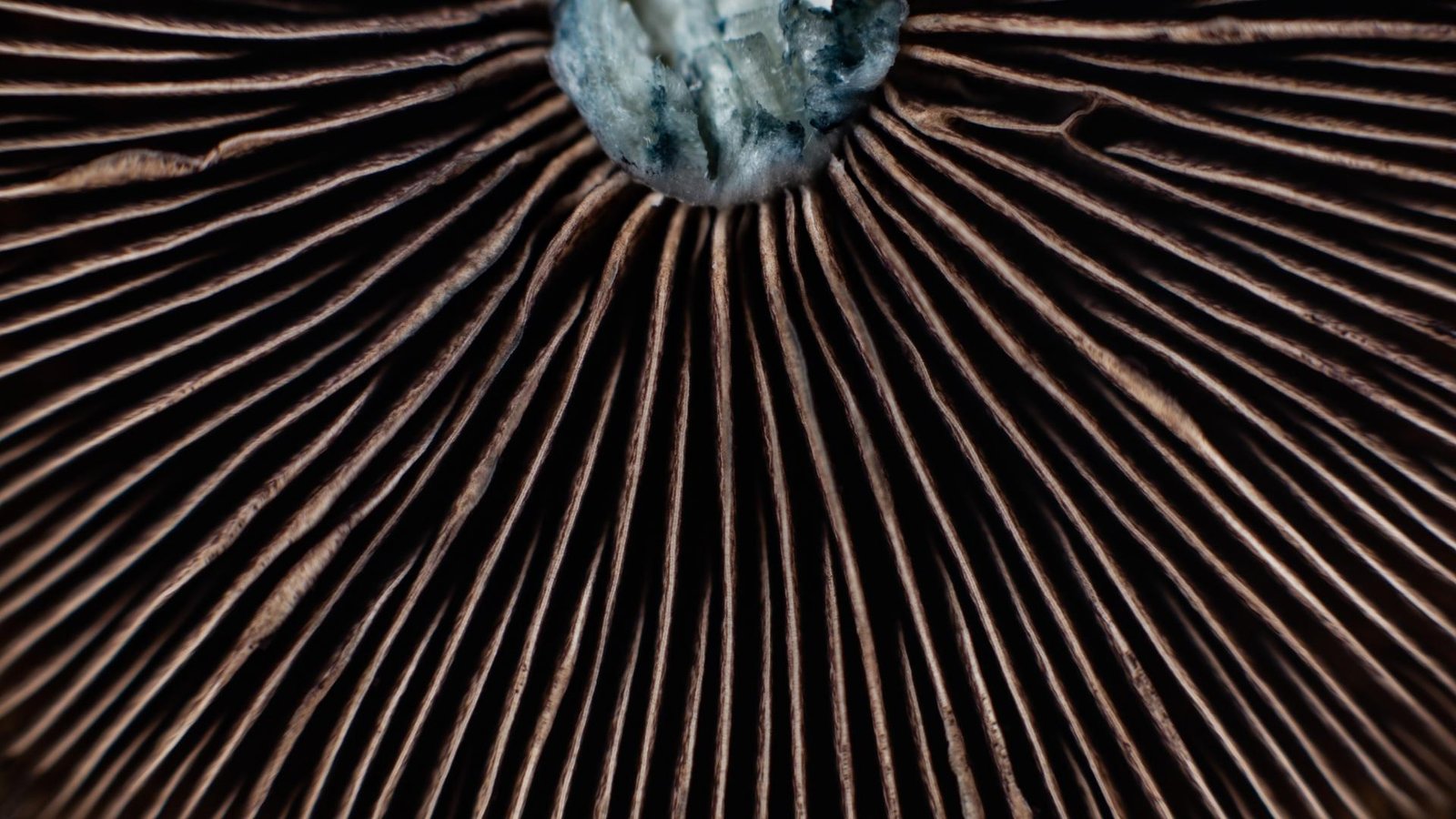
HABITAT AND DISTRIBUTION:
Naturally found in humid, grassy areas, particularly in cattle grazing fields, due to its dung-loving nature. It has a widespread distribution, particularly in tropical and subtropical environments.
ECOLOGICAL ROLE:
As a coprophilous fungus, Psilocybe Cubensis plays a vital role in nutrient recycling and soil enrichment. It breaks down complex organic compounds, contributing to ecological balance and soil health.
GROWTH AND CULTIVATION:
This species is renowned for its cultivation accessibility, making it a popular choice for both novice and experienced cultivators. While it thrives on various substrates, the common choice is grain spawn to bulk substrates like manure or coir. Conditions such as humidity, temperature, and air exchange are crucial for successful cultivation, with the process varying slightly among different strains.
No posts found!
HISTORICAL & CULTURAL INFO:
Psilocybe Cubensis has a rich history of use in traditional and modern settings. Its psychoactive properties have been utilized in ritualistic contexts, and more recently, it has become a subject of interest in the modern psychedelic renaissance, contributing to our understanding of consciousness and mental health.
GENETIC LINEAGE/HISTORY:
This species has a wide variety of strains, each with its own unique genetic makeup and history. The diversity stems from natural variations and human cultivation, leading to a rich genetic lineage that is continually expanding as mycologists and enthusiasts explore new cultivation and hybridization techniques.
No posts found!
CHEMICAL COMPOSITION:
The primary psychoactive compounds in Psilocybe Cubensis are psilocybin and psilocin. The concentration of these compounds can vary among strains, influencing their potency and psychoactive effects.
MEDICAL PROPERTIES (if applicable):
Recent studies suggest potential benefits of Psilocybe Cubensis in treating various mental health disorders, including depression, anxiety, and PTSD, primarily due to its psilocybin content. Ongoing research is shedding light on its therapeutic applications, marking a significant step in psychopharmacology.
CULINARY USES (if applicable):
While not a culinary mushroom, its role in modern cuisine is often symbolic, representing a shift towards greater acceptance and understanding of psychedelic substances.
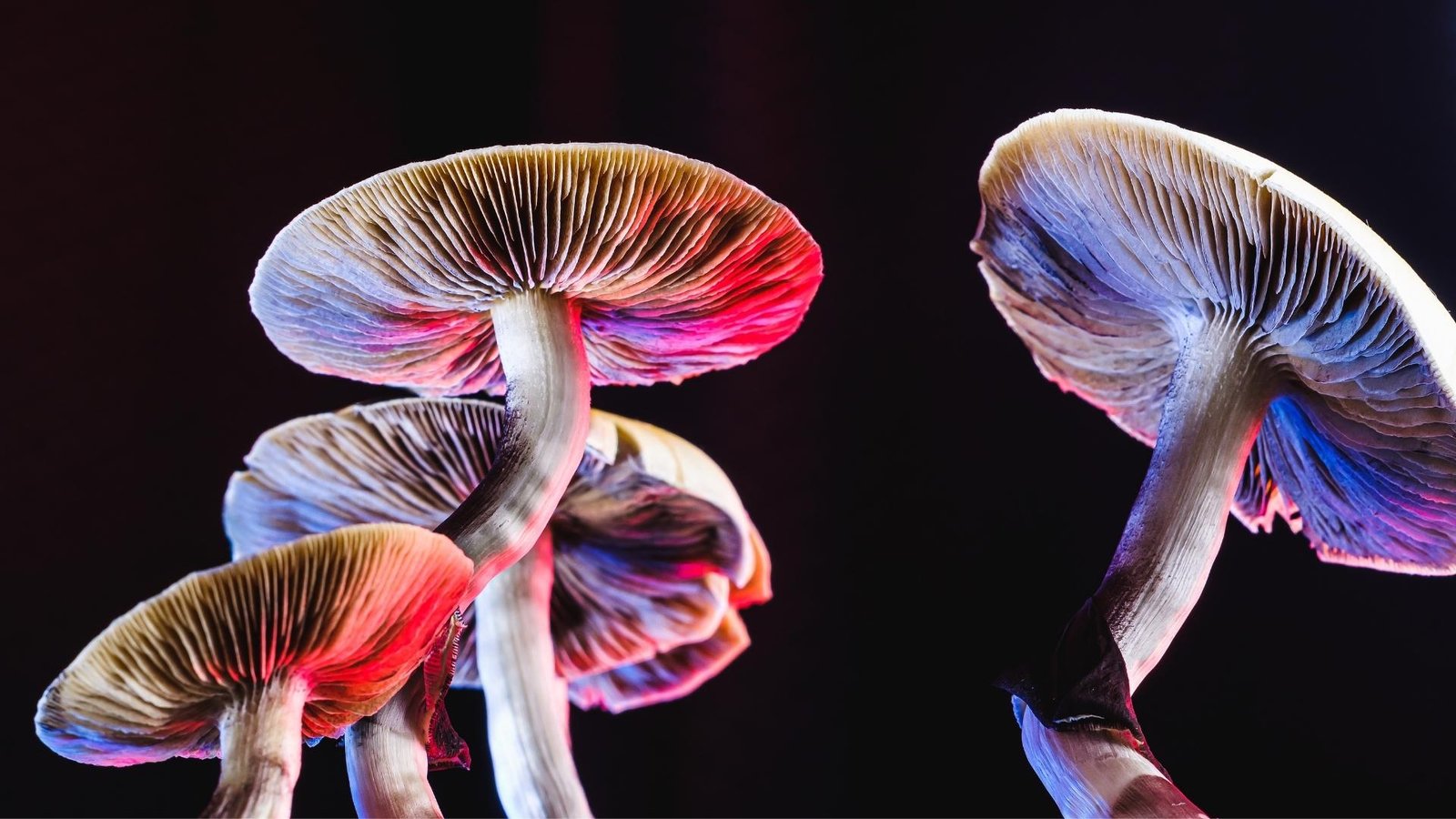
CAUTIONS & WARNINGS:
Psilocybe Cubensis is a potent psychedelic mushroom. Its cultivation and use are subject to legal restrictions in many countries and regions. Always adhere to local laws and regulations. It should be handled responsibly, preferably under professional guidance. It is important to consult a doctor before consuming any mushrooms, especially if you have a pre-existing medical condition or are taking medication.
FINAL CONSIDERATIONS:
The Psilocybe Cubensis species, with its myriad of strains, stands as a testament to nature’s complexity and the potential for human discovery. The 🍄 Marketplace is your gateway to explore the diverse world of this extraordinary species, teeming with mycological wonders.
Don’t forget to check out the 🍄 Mushroom Network’s Marketplace to see what’s available. But hurry, our shelves are constantly evolving, and you wouldn’t want to miss out on this wonderful mushroom. Join our growing network of Patrons, Genetics, and Mycologist Vendors only on the 🍄 Mushroom Network!
No posts found!
No posts found!
FAQs:
In many countries, including parts of the United States, Psilocybe Cubensis spores are legal to possess for research and microscopy purposes, as they do not contain psilocybin. However, cultivation and consumption are illegal in many places. Always check and adhere to local laws and regulations.
Strains of Psilocybe Cubensis can vary in potency, growth rate, and physical characteristics. Some strains may offer more intense visual experiences, while others are known for their faster colonization times. Cultivation requirements are generally similar across strains, though some may be more resilient to environmental variations.
Microdosing Psilocybe Cubensis involves taking sub-perceptual doses and is reported to improve creativity, mood, and focus. Research on its long-term effects is ongoing, and it should be approached with caution, considering the legal and health implications.
In regions where its legal to use, safety precautions include starting with a low dose, having a sober “sitter” present, being in a safe and comfortable environment, and avoiding mixing with other substances. Individuals with a history of mental health issues should approach with particular caution.
Key features of Psilocybe Cubensis include its golden-brown cap with a prominent umbo, dark purple spore print, and the bluing reaction when the mushroom is bruised. Accurate identification requires experience, and consulting a mycology expert is advised to avoid toxic look-alikes.
MYCO-CLOSINGS:
As we close this chapter on Psilocybe Cubensis, remember the words of Terence McKenna: “Nature is not our enemy, to be raped and conquered. Nature is ourselves, to be cherished and explored.” May your mycological journey be as enlightening as the mysteries of the cosmos.
Related Articles:
The Pop Culture Phenomenon of Psychedelic Fungi: Reflections and Representations
Psychedelic fungi, nature’s clandestine gem, have long captivated humanity’s curiosity, intertwining with our culture, art,...
Read More...Alien Communication: Do Mushrooms Help in Interstellar Dialogue?
About This Article: Could mushrooms be the original ‘ET phone home’ device? Read on to...
Read More...Mycological Explorations: The Potency of Psilocybin in Combating Major Depression
Amidst the captivating world of fungi lies the mysteries of psilocybin—a compound found in certain...
Read More...The Psychedelic Potential of Psilocybe Cubensis B+: A Closer Look at the Research
Aiding mental health with mushrooms might seem like a thing of fantasy, but with B+...
Read More...Other Mushroom Species To Research:
Pink Burn Cup (Rhodotarzetta Rosea)
Welcome, dear mycophiles and curious minds, to our Pink Burn Cup (Rhodotarzetta Rosea) Data Page!...
Read More...Psilocybe Cubensis (PC-Strain)
Welcome to the fascinating world of Psilocybe Cubensis, a mushroom species celebrated by mycologists and...
Read More...Amethyst Deceiver (Laccaria Amethystina)
Welcome, fungi enthusiasts and scholars! Step into the enchanting world of Laccaria Amethystina, a mushroom...
Read More...Turkey Tail (Trametes Versicolor)
Welcome to the enchanting world of Turkey Tail mushrooms, where the beauty of nature meets...
Read More...Other Recommended Reads:
Mushrooms on the ISS: Sustenance and Science
Space, often seen as humanity’s final frontier, has been the setting for numerous groundbreaking experiments....
Read More...Ancient Shroom Rituals: The Fungi of Lost Civilizations
The relationship between humans and mushrooms stretches far beyond modern culinary and medicinal applications. Delving...
Read More...The Eco-Warriors: How Fungi Like the Pink Burn Cup Help Our Planet
About This Article: Meet the eco-warriors of the forest! 🌳🍄 Discover how fungi like the...
Read More...Pholiota Adiposa: The Mushroom with a Chestnut Appeal
Discover the allure of Pholiota Adiposa, a mushroom distinguished by its unique aesthetic charm and...
Read More...Whoa there, Spore Sport! 🍄 Looks like you’re not logged in yet. Don’t you know what you’re missing? MYCO-CREDITS! Imagine all the fungal fun you could have. It’s like finding a Morel in May and not picking it. Tragic, right? Log In or Become a Myco-Patron and start racking up those credits. It’s more rewarding than finding a mushroom in your backyard! 🌟🏡
